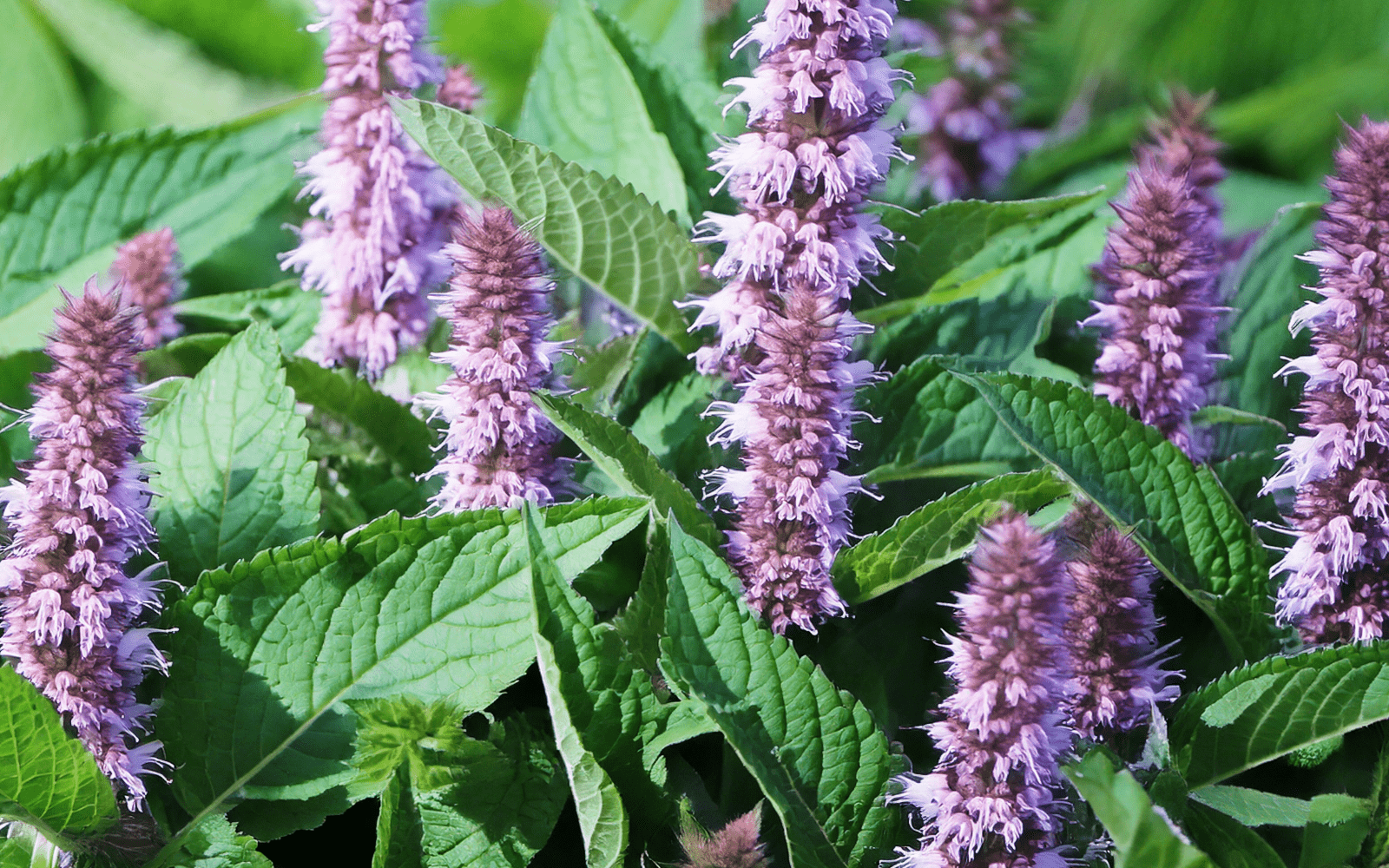
Discover Agastache: Benefits, Uses & Where to Find This Canadian Native Herb
Introduction: Embrace the Natural Goodness of Agastache
Step into the enchanting world of Agastache, also known as Anise Hyssop, a multifaceted herb that awakens the senses and nourishes the body. From its origins in North America to its surprising benefits, let's explore this treasure of nature – a precious gift we're excited to share with you. Agastache is a great addition to your natural medicine cabinet!
What is Agastache (Anise Hyssop)?
Agastache foeniculum, a plant with a wild allure and captivating fragrance, is a true gem of the Canadian flora. Its delicate leaves and colourful flowers invite contemplation and relaxation. But beyond its beauty, Agastache holds exceptional virtues for health and well-being.
Agastache, botanically known as Agastache foeniculum (also commonly called Anise Hyssop), is a perennial herbaceous plant belonging to the Lamiaceae (mint) family. Native to North America, it thrives in dry prairies, clearings, and along roadsides. Its leaves release an aniseed fragrance, and its flowers attract bees and butterflies, contributing to biodiversity.
Is Agastache related to mint?
Yes, Agastache belongs to the same botanical family as mint, Lamiaceae.
What Does Agastache Taste Like?
The taste of Agastache is a symphony of subtle and refreshing flavours. Its leaves offer a sweet aniseed note, slightly mentholated, that lingers on the palate. Infused, Agastache releases fresh and aniseed notes, evoking a subtle blend of liquorice, fennel, and sweet mint. Its floral scent is reminiscent of lavender and holy basil, while a sweet and spicy touch leaves a pleasant comforting sensation in the mouth. Perfect on its own or in a blend, it can be enjoyed both hot and cold.
Delving Deeper: All About Agastache
Let's dive into the heart of Agastache to discover all its secrets, from its botanical nomenclature to its physical characteristics and origin.
Agastache: Botanical Name & Synonyms
Agastache, scientifically known as Agastache foeniculum, derives its name from the Greek "agan" meaning "much" and "stachys" for "spike," in reference to its abundant spikes of flowers. Its epithet "foeniculum" comes from Latin and means "fennel," due to the aniseed odour of its leaves, similar to that of fennel.
In addition to its scientific name, Agastache is also known by several common names such as "Anise Hyssop," "Licorice Mint," and "Fennel Agastache," which reflect its distinctive characteristics, such as its aniseed fragrance, its belonging to the Lamiaceae family, and the colour of its flowers.
Is Agastache Native to Canada?
Yes! Agastache is native to much of North America (including parts of Canada, from Ontario to British Columbia, in the west). It grows spontaneously in dry prairies, clearings, and along roadsides. It's commonly found in Canada and the United States. It has since been introduced to other regions of the world, where it has naturalized and become a prized ornamental plant.
Detailed Description of Agastache (Anise Hyssop)
What does Agastache look like?
Agastache is a perennial herbaceous plant that can reach a height of 75 to 125 cm and a width of 40 cm. Agastache has an erect, branched, and slightly pubescent stem. Its opposite leaves are oval to lanceolate, toothed, and dark green in colour. Its flowers, on the other hand, are grouped in dense and elongated terminal spikes.
Key Characteristics of Agastache:
- Leaves: Opposite, oval to lanceolate, toothed, dark green, aniseed fragrance.
- Flowers: Grouped in dense and elongated terminal spikes, usually blue-violet, attract bees and butterflies.
- Fruits: Small achenes containing a single seed.
Agastache Colours:
Agastache flowers are generally blue-violet, but there are also varieties with pink, white, or lavender flowers. The colour of the flowers may vary depending on the variety, growing conditions, and exposure to the sun.
Natural Habitat & Harvesting Agastache in Canada
Where Does Agastache Grow?
Agastache grows naturally in North America, in environments such as dry prairies, clearings, and roadsides. It is also cultivated in gardens for its flowers and aromatic leaves. It thrives in sunny and well-drained environments, such as dry prairies, clearings, roadsides, and rock gardens. Drought-resistant, it adapts to various types of soils as long as they are well-drained.
How to Harvest Agastache:
For optimal harvesting, it is advisable to pick Agastache in the morning, after the dew, when the essential oils are most concentrated. It is also important not to take more than a third of the plant in order not to weaken it. Whether in nature or in gardens, it is essential to respect the environment and only harvest what is necessary.
The Agastache harvest takes place between July and October. The leaves are mainly consumed, but the flowers can also be used. To preserve their quality, it is recommended to harvest the leaves just before flowering, while the flowers can be picked gradually, from May to October.
What Tools to Use for Harvesting Agastache
How to cut Agastache? To harvest Agastache, use a pair of clean, sharp scissors or pruning shears. It is crucial not to pull up the plants, but to cut the stems cleanly to promote vigorous regrowth. A basket or cloth bag is ideal for gently transporting the harvested leaves and flowers.
Factors Influencing Agastache Quality
Several factors can influence the quality of fresh Agastache, such as growing conditions, harvest season, drying method, and storage conditions. Agastache grown in rich, well-drained soil, exposed to the sun, and harvested at the right time will be of better quality than Agastache grown in less favourable conditions.
What Can Affect Agastache Quality?
Several factors can alter the quality of Agastache once dried, such as humidity, heat, light, and parasites. It is important to store Agastache in a cool, dry place, away from light, to preserve its aromas and properties. It is also important to check Agastache regularly for the presence of parasites or mould.
Processing Agastache
The drying method is also important to preserve the aromas and properties of the plant. It is best to dry Agastache in the shade, in a dry and airy place, at a moderate temperature.
The drying method is also important to preserve the aromas and properties of the plant. It is best to dry Agastache in the shade, in a dry and airy place, at a moderate temperature.
How to Dry Agastache:
Here's how to easily dry Agastache:
- Harvest fresh leaves and flowers, preferably in the morning after the dew has dried.
- Gently rinse them in cold water to remove dirt or dust.
- Dry them by patting them with a clean cloth or using a salad spinner.
- Arrange them in a single layer on a rack, tray, or clean cloth.
- Place them in a dry, well-ventilated place away from direct sunlight, with an ideal temperature between 20°C and 30°C.
- Turn them regularly to ensure even drying.
- Drying can take from a few days to a few weeks, depending on humidity and temperature. Agastache is ready when the leaves become crispy and brittle.
- Once dried, store them in an airtight container, away from light, heat, and humidity.
There are several methods for drying Agastache:
- Air Drying: Simple and natural method. Suspend Agastache stems upside down in a dry, airy place away from direct sunlight.
- Oven Drying: Faster method. Requires careful monitoring to avoid burning the leaves. Set the oven to a low temperature (about 50°C) and leave the door ajar to allow moisture to escape.
- Dehydrator Drying: The most effective method to preserve aromas and properties. Follow the manufacturer's instructions for optimal drying.
How to Store Agastache: Our Recommendations
Agastache storage methods:
- Drying: Dry the leaves and flowers of Agastache. Store them in an airtight container, away from light, heat, and humidity. (A Mason jar or a glass or metal container with a sealed gasket is perfect).
- Freezing: Freeze fresh leaves in a freezer bag or airtight container. Note that the texture may change slightly, but the flavour will remain preserved.
- Infusion in Oil or Vinegar: Infuse the leaves of Agastache in olive oil or vinegar. Prepare flavoured condiments this way.
- Syrup: Prepare an Agastache syrup by infusing the leaves and flowers in sweetened water. Keep it in the refrigerator.
- Essential Oil Preservation: Agastache essential oil should be stored in a dark glass bottle. Store it away from light and heat to preserve its properties.
How Long Can You Keep Agastache?
By following the storage methods mentioned above, its leaves can remain of good quality for several years. However, we recommend consuming them within 36 months of harvesting to fully enjoy their flavour and properties. Beyond this period, Agastache is not dangerous to consume, but its taste and benefits gradually diminish. So, for an infusion with intense aromas and optimal effects, it is better to savour this boreal wonder while it is at its peak! Frozen fresh leaves can also be stored for several months.
Traditional and Historical Uses of Agastache in Medicine
Let's go back in time to discover how Agastache was used in the past, both for its medicinal virtues and for its culinary and spiritual uses.
How Was Agastache Used in the Past?
The history of Agastache is deeply rooted in the traditions of the Indigenous peoples of North America, who have used it for centuries for its medicinal and culinary virtues. Its leaves were used to relieve sore throats, coughs, and digestive disorders, while being used in infusions to strengthen the immune system and promote relaxation. Subsequently, it was introduced to Europe, where it became a prized ornamental plant for its beauty and fragrance.
Religious and Spiritual Use of Agastache
In some Indigenous cultures, Agastache was considered a sacred plant, associated with healing, protection, and purification. It was used during spiritual ceremonies to promote communication with spirits and to bring peace and harmony.
Cultural Importance of Agastache
Agastache still occupies an important place in the culture of the Indigenous peoples of North America. It is associated with health, healing, spirituality, and biodiversity. It is also considered a symbol of resilience and adaptation, due to its ability to thrive in difficult conditions.
The Health Benefits of Agastache
Let's explore the many virtues of Agastache for health, highlighting its properties and effects on the body.
What are the Properties of Agastache?
Agastache is rich in bioactive compounds that give it many beneficial properties for health:
- Antioxidants: Protect cells against damage caused by free radicals.
- Anti-inflammatory: Reduce inflammation in the body.
- Antibacterial and Antiviral: Fight infections.
- Antispasmodic: Relieve muscle spasms.
- Soothing: Promote relaxation and sleep.
- Digestive: Facilitate digestion and relieve digestive disorders.
- Immunostimulating: Strengthen the immune system.
Agastache for the Immune System
Agastache is an excellent tonic for the immune system, thanks to its richness in antioxidants and immunostimulating compounds. It can help prevent infections, strengthen the body's natural defences, and accelerate healing.
Agastache for Digestion
Agastache is known for its digestive properties. It can help relieve bloating, spasms, nausea, and vomiting. It also promotes the production of bile, which facilitates the digestion of fats.
Agastache for Relaxation and Sleep
Agastache has soothing and relaxing properties that can promote relaxation and sleep. It can help reduce stress, anxiety, and muscle tension. A Agastache tea before bedtime can promote restful sleep and improve sleep quality.
How to Consume Agastache to Fully Benefit from Its Benefits
Discover the different ways to consume or use Agastache, whether as a tea, in cooking, or as a homemade body product.
Agastache Tea
Agastache tea is a comforting and beneficial drink, ideal for relaxing after a long day or for relieving everyday ailments. To prepare Agastache tea, simply infuse a few fresh or dried leaves in hot water for 10-15 minutes.
How to Make Agastache Tea
To make a delicious Agastache tea, here is a simple recipe:
- Heat water, ideally between 85 and 90 degrees Celsius.
- Add 1 to 2 teaspoons of dried Agastache in a cup.
- Pour the hot water over the leaves.
- Let steep for 10 to 15 minutes, according to your taste.
- Filter and enjoy! You can add honey or lemon to sweeten and enhance the taste.
Agastache in Cooking
What were the culinary uses of Agastache?
In the past, Indigenous peoples used Agastache to flavour their dishes and drinks. They added its fresh leaves to salads, soups, and stews. They also made teas and refreshing drinks.
Agastache is a versatile ingredient that enhances many culinary creations. Its leaves add an aniseed and refreshing touch to soups, sauces, and desserts. Its flowers, on the other hand, bring an elegant decorative touch to dishes while delicately perfuming drinks and desserts. Agastache goes perfectly with fruits, vegetables, white meats, and fish, offering a multitude of gastronomic possibilities.
Agastache in Homemade Body Products
Agastache can be used to prepare homemade body products, such as lotions, creams, soaps, and masks. Its anti-inflammatory, antibacterial, and soothing properties make it an ideal ingredient for taking care of the skin and hair.
Methods of Preparation of Agastache: Recipes and Instructions
How to use Agastache in cooking?
- Summer Salad with Agastache: Mix lettuce leaves, cherry tomatoes, cucumbers, strawberries, and chopped Agastache leaves. Season with a light vinaigrette with olive oil and lemon.
- Cold Cucumber and Agastache Soup: Mix cucumbers, plain yogurt, garlic, lemon juice, and Agastache leaves. Salt and pepper. Serve chilled.
- Agastache and Red Fruit Cake: Incorporate chopped Agastache leaves into your cake batter. Add fresh or frozen red fruits and bake.
- Floral Desserts: Use Agastache flowers to decorate your fruit salads, ice creams, or cakes with a floral and sweet touch.
- Marinades and Sauces: Flavour your meat and fish marinades or perfume your sauces and soups with Agastache leaves.
- Agastache Syrup: Infuse the leaves and flowers of Agastache in sweetened water and use the simple syrup to flavour your cocktails, lemonades, or iced teas.
How Much Agastache to Consume?
The amount of Agastache to consume depends on the form in which it is used and individual needs. In general, it is recommended not to exceed 2 to 3 cups of Agastache tea per day. In cooking, Agastache can be used in moderation, depending on taste and preferences. It is always best to consult a healthcare professional before consuming Agastache for therapeutic purposes.
Tips for Using Agastache and Precautions for Use
Before any use, consult a healthcare professional.
When to Consume Agastache?
Agastache can be consumed at different times of the day, depending on its desired benefits. An Agastache tea can be consumed in the morning to tone the immune system, after meals to facilitate digestion, or in the evening to promote relaxation and sleep.
Cautions Regarding Agastache
Although Agastache is generally considered safe, there are a few cautions to take into account.
Agastache may interact with certain medications, such as anticoagulants and sedatives. It is therefore recommended to consult a healthcare professional before consuming it if you are taking medications. In addition, some people may be sensitive to Agastache and develop allergic reactions, such as skin rashes, itching, or difficulty breathing.
Populations at Risk and Agastache
As a precaution, it is recommended to consult your doctor or a healthcare professional before consuming Agastache if you are pregnant, breastfeeding, or taking medications. In addition, we do not recommend the use of this plant in children under 5 years of age, due to the ongoing development of their immune system.
It is always recommended to talk to a healthcare professional before using medicinal plants.
Conclusion: Agastache, An Essential Natural Ally
Agastache proves to be a plant with multiple benefits, ideal for health, cooking, and well-being. It supports the immune system, facilitates digestion, promotes relaxation and sleep, and relieves muscle pain. Whether as a tea, in cooking, or in homemade products, it comes in various forms to enrich our daily lives. It is essential to choose a quality Agastache, grown in respect of the environment, to fully benefit from its virtues.
In summary, Agastache is a valuable ally for your well-being and your health. To discover a local, superior quality, and environmentally friendly version, visit our online store and get the Agastache that will transform your daily life! (Link to your shop).

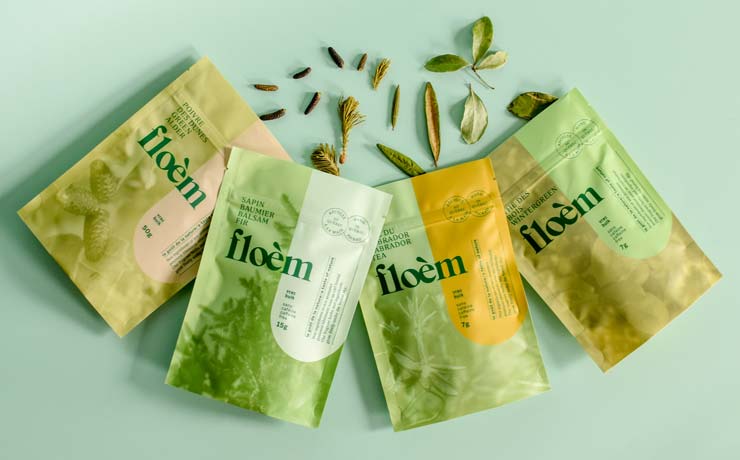
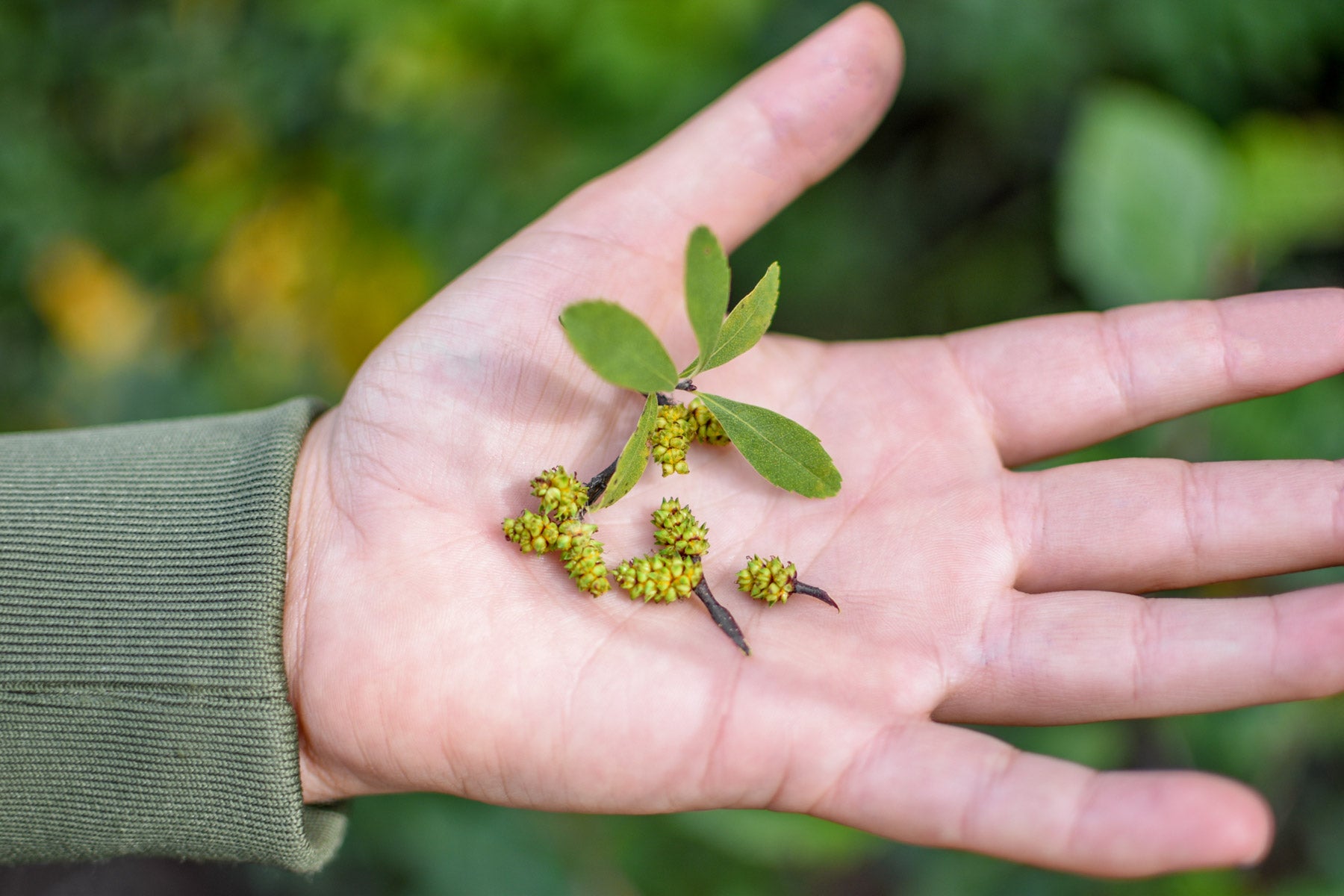










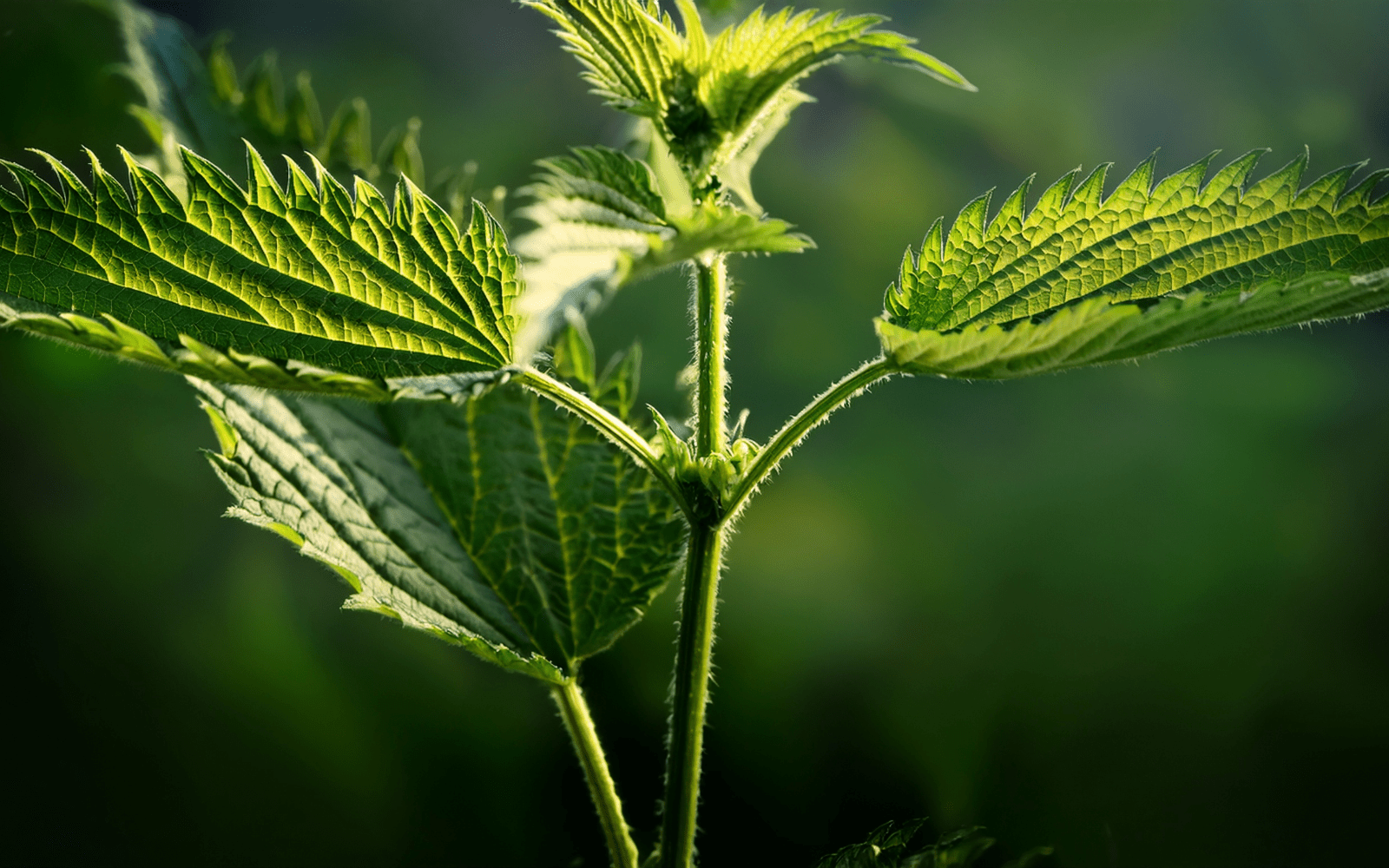
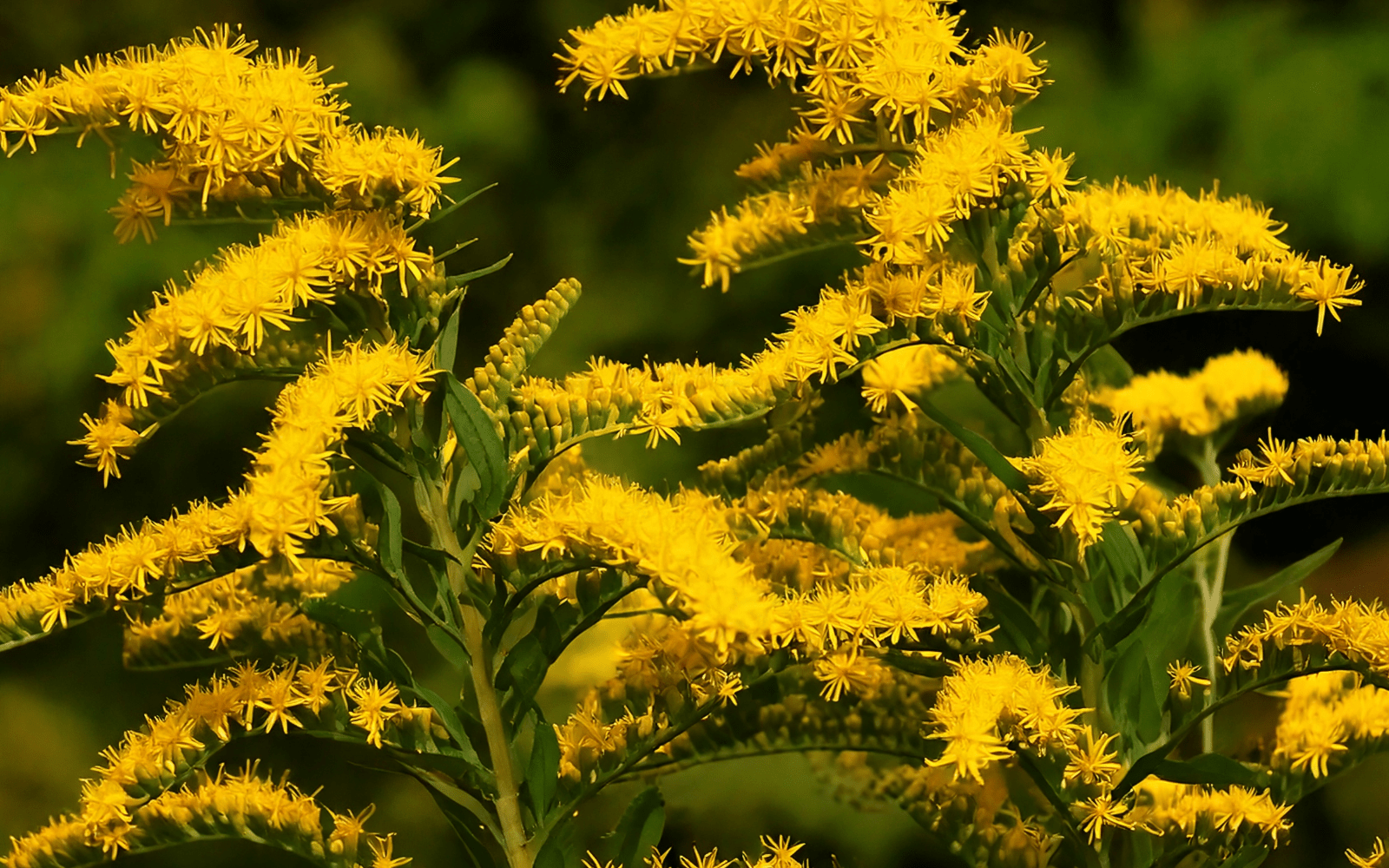
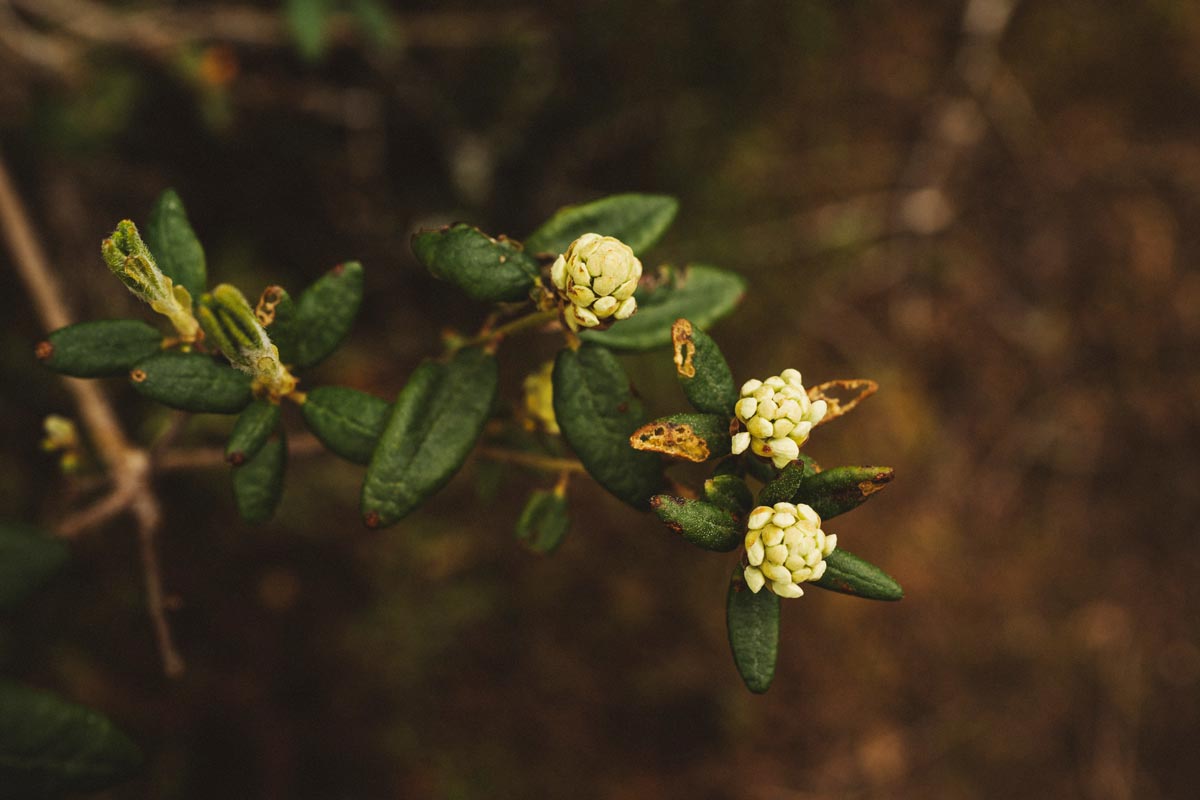
Leave a comment
This site is protected by hCaptcha and the hCaptcha Privacy Policy and Terms of Service apply.